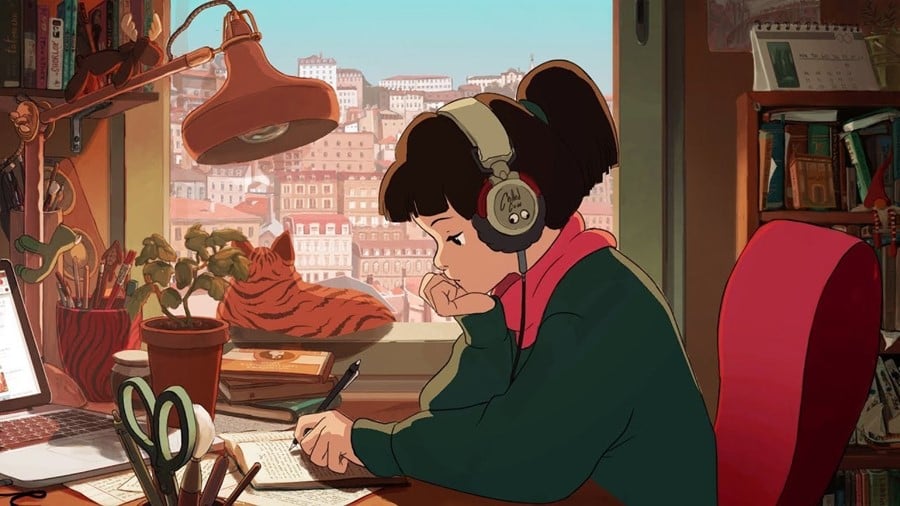The Lofi Girl Saga: What Creators Can Do to Protect Against False (and Abusive) Copyright Claims
Jourdan Aldredge
Jourdan Aldredge

Jul 12, 2022
In case you missed it, the popular YouTube stream channel Lofi Girl recently had both of its popular 24/7 streams taken down.
If you’ve ever found yourself searching for good music to “relax/study” or “sleep/chill” to, you might have found yourself watching a stream of an anime girl studying at a desk or relaxing in bed.
Between them, these two streaming channels have almost 800,000,000 views across 40,000 hours of video content. However, for all the popular chill, study, and relax lofi hip hop fans out there, these channels were mysteriously offline on Sunday, July 10.
And the reason comes back to a copyright claim which, as YouTube has now admitted, was wrongly — and abusively — submitted. But what are these copyright claims and how do they actually work? And, most importantly, what can you be doing to make sure your content is safe and clear?
The lofi radios have been taken down because of false copyright strikes, hopefully @YouTubeCreators @YouTube will sort this quickly... pic.twitter.com/X01hL6jT2N
— Lofi Girl (@lofigirl) July 10, 2022
As you can see in the thread from the Lofi Girl channel’s Twitter account, the two streams in question were taken down by “false copyright strikes.” To rectify this error, Lofi Girl appealed directly to YouTube’s Twitter accounts to try to get things sorted out.
Now, normally, copyright claims are only administered when a user uploads a video that contains copyright-protected content. These claims are automatically generated when any uploaded video matches another video (or part of other videos) in YouTube’s content identification algorithm, called Content ID.
However, as we’ve covered in the past, Content ID claims aren’t always what you think they are. In fact, there are times where copyright claims can be issued erroneously (especially if you’re not working with a royalty-free site like Soundstripe, which automatically clears the majority of any YouTube content claims for you).
Luckily, in the case of these false claims against Lofi Girl (which were reportedly issued by “FMC Music Sdn Bhd Malaysia”), YouTube was quick to respond via Twitter to confirm that the takedown requests were indeed abusive and had been terminated.
confirmed the takedown requests were abusive & terminated the claimants account 😔 we've resolved the strikes + reinstated your vids – it can sometimes take 24-48 hours for everything to be back to normal! so sorry this happened & thx for your patience as we sorted it out ❤️🩹
— TeamYouTube (@TeamYouTube) July 11, 2022
YouTube also confirmed that the copyright strike issued against Lofi Girl would be resolved and their video streams would be reinstated. However, the reinstatement would take somewhere between 24-48 hours, leaving many of Lofi Girl’s loyal listeners without their beats to study, chill, and sleep to.
As reported in Vice, this wasn’t the first time that Lofi Girl’s channel had been erroneously removed due to copyright trolls. In 2020 the channel was removed until YouTube had to similarly correct the strike against it.
But the question remains — what can filmmakers and content creators do to actually protect their channels and their content’s integrity? Unlike Lofi Girl’s channel, not all of us have 10 million subscribers. What do you do if your Twitter following isn’t great enough to guarantee a response?
Your best bet to protect your content is to know — without a doubt — where all of your footage, assets, music, and sound effects come from. If you’re unsure of any element, you might be infringing copyright without even knowing it.
If you’re specifically looking for music or sound effects for video, you can rest assured that Soundstripe provides the best royalty free music which is copyright protected with unlimited licenses. You can truly use it anywhere, including YouTube and broadcast content.
You can always read up more in-depth on what these royalty free and copyright terms mean and how they actually work in these additional resources below.